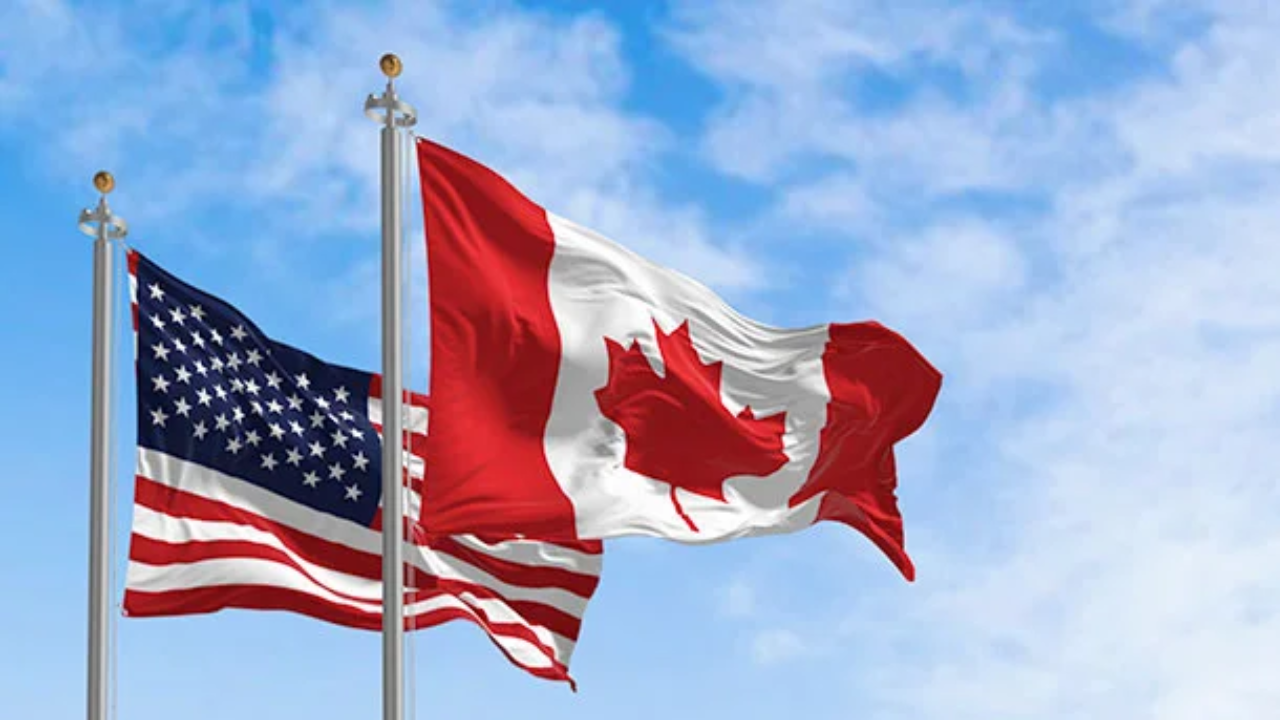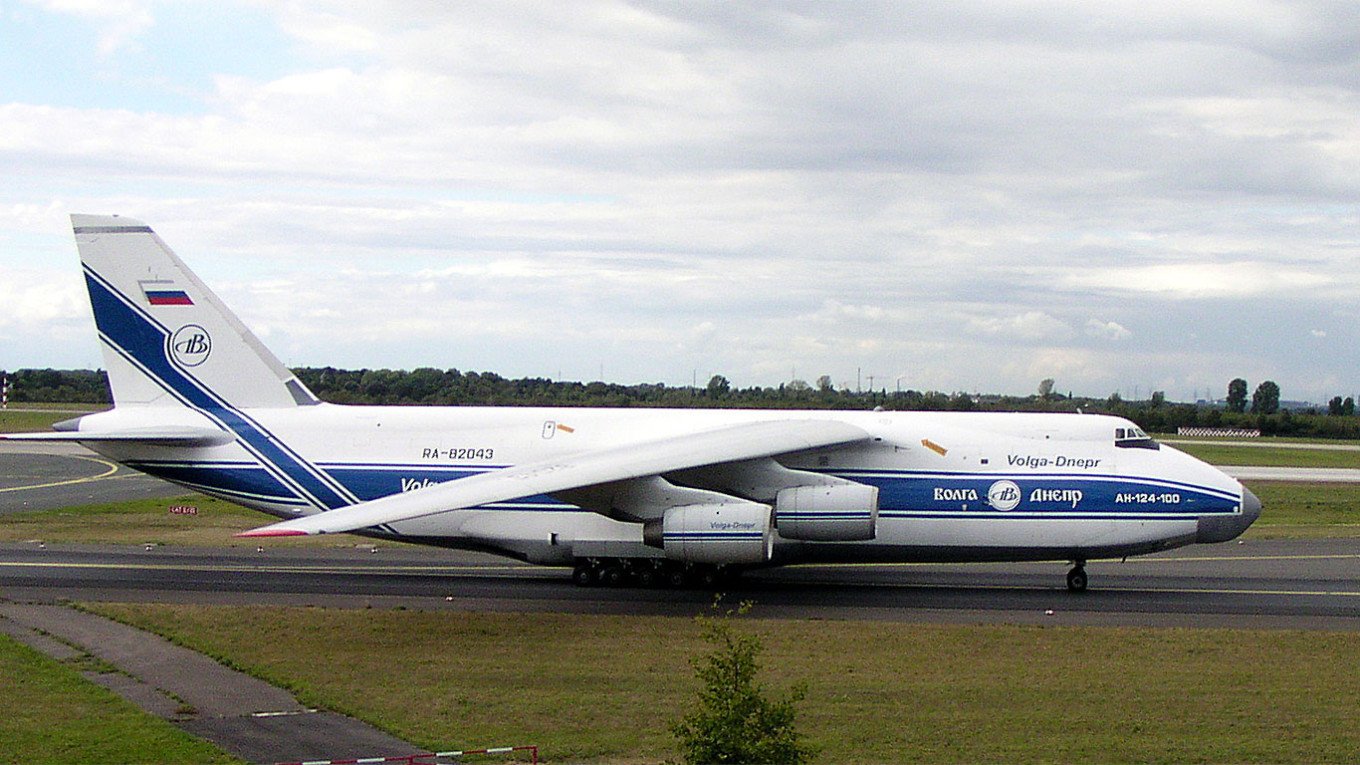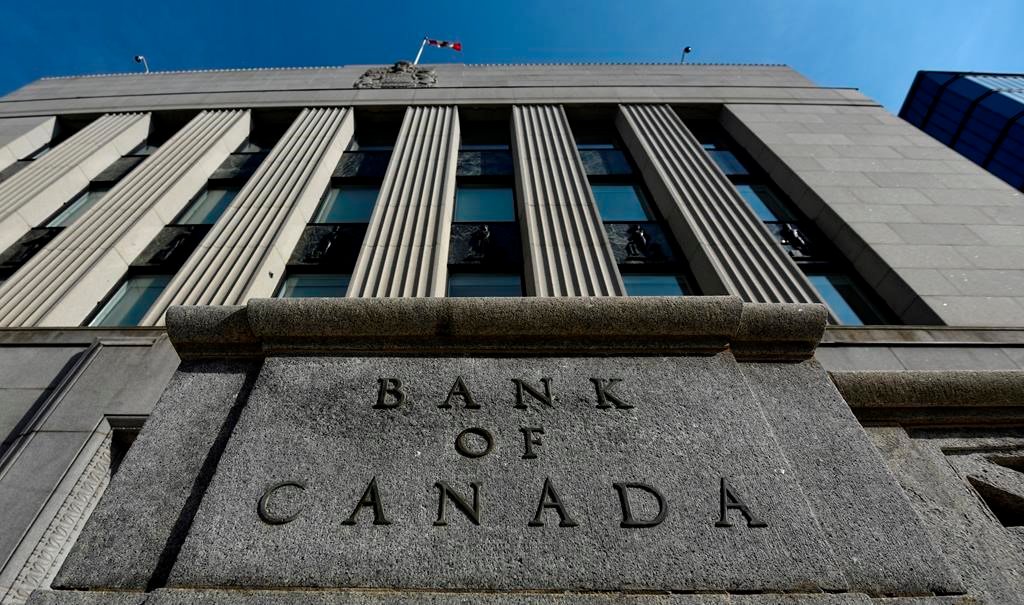From tariffs to trade wars, Canada–US relations have become more than just diplomacy—they now drive major economic decisions across the country. Polls show that many Canadians rank Ottawa’s relationship with Washington among their top concerns.
What’s at Stake in Canada–US Relations
Trade and tariffs are front and centre. The U.S. has threatened sweeping duties on Canadian exports, including metals, steel, vehicles, and agriculture. These moves would raise costs for Canadian industries, hurt exporters, and disrupt supply chains deeply entwined with U.S. markets. Analysts warn that retaliation or counter-tariffs could also kick in, compounding financial risks.
Canadian businesses are asking for clarity. Bank of Montreal’s chief has pushed for more stable trade rules and tax policy to encourage investment. The uncertainty makes long-term planning harder for firms that depend on cross-border trade.
Why Canadians Care
A recent Ipsos poll reveals that many people see U.S. relations as a major issue—not just politically, but personally. Citizens worry that U.S. tariffs will drive up prices, reduce job security, and limit export markets for Canada. Older Canadians and Liberal Party supporters particularly emphasise the importance of good relations with Washington.
Beyond price tags, sense of national sovereignty and pride figure into public concern. Many feel trade tensions expose how Canada depends heavily on the U.S., and they worry about the country’s ability to protect its own economic interests.
Canada’s Strategy for the Future
Prime Minister Mark Carney is pushing a dual strategy: strengthen economic ties where possible, while reducing dependency where necessary. His government is accelerating major infrastructure projects—ports, energy, critical minerals—and pressing for smoother tax and trade rules across provinces.
At the same time, Canada is exploring ways to diversify trade beyond the U.S. and build up its own capacity. That includes improving internal barriers to trade, investing in exports outside of the U.S., and pushing for regulatory clarity to attract foreign capital.
What to Watch Going Forward
- How negotiations on new U.S. tariffs evolve, especially in sectors like steel, aluminum, agriculture, and autos.
- Whether Canadian government manages to fast-track infrastructure and regulatory reform without sacrificing environmental or Indigenous rights.
- The public response, both politically and in consumer behaviour, especially if prices rise or trade disruptions worsen.
- Alternative trade partners or markets Canada might lean into more heavily if U.S. relations remain unstable.
Canada–US relations are already reshaping Canada’s economic future. How the government, industries, and citizens respond in the months ahead will influence whether those changes lead to resilience or hardship.











